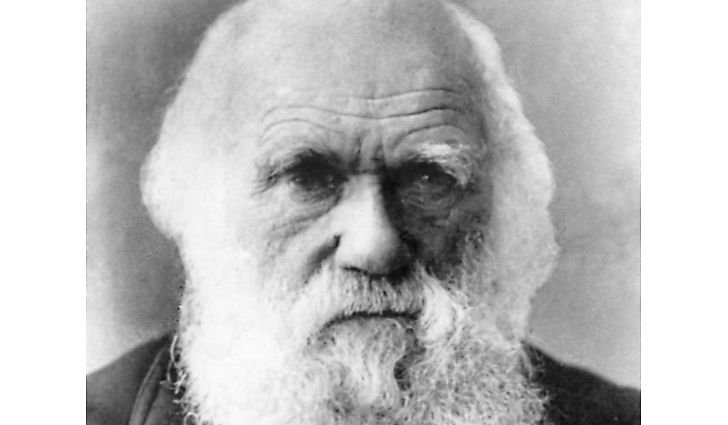

Wallace and Darwin both observed similar patterns in other organisms and they independently developed the same explanation for how and why such changes could take place. He postulated that ancestral species’ beaks had adapted over time to equip the finches to acquire different food sources. For example, seed-eating finches had stronger, thicker beaks for breaking seeds, and insect-eating finches had spear-like beaks for stabbing their prey.įigure 1: Darwin observed that beak shape varies among finch species. Upon further study, he realized that each finch’s varied beaks helped the birds acquire a specific type of food. Darwin imagined that the island species might be species modified from one of the original mainland species. He observed that these finches closely resembled another finch species on the South American mainland.
Charles darwin series#
The species on the islands had a graded series of beak sizes and shapes with very small differences between the most similar. For example, the ground finches inhabiting the Galápagos Islands comprised several species with a unique beak shape (Figure 1). On these islands, Darwin observed species of organisms on different islands that were clearly similar, yet had distinct differences. Darwin’s journey, like Wallace’s later journeys to the Malay Archipelago, included stops at several island chains, the last being the Galápagos Islands west of Ecuador. Wallace traveled to Brazil to collect insects in the Amazon rainforest from 1848 to 1852 and to the Malay Archipelago from 1854 to 1862. Beagle, including stops in South America, Australia, and the southern tip of Africa. From 1831 to 1836, Darwin traveled around the world on H.M.S. Importantly, each naturalist spent time exploring the natural world on expeditions to the tropics. 12.In the mid-nineteenth century, two naturalists, Charles Darwin and Alfred Russel Wallace, independently conceived and described the actual mechanism for evolution. This exhibit opening coincides with the MSU Museum’s Annual Darwin Discovery Day, hands-on science education program, also on Feb. In 1859, the same year Origin of Species was published, Darwin was awarded the Wollaston Medal–the highest honor bestowed by the Society in recognition of his scientific contributions to the field of Geology.ĭarwin’s geological experiences imbued him with a grasp the immensity of geologic time and a realization of the contribution of both gradual and abrupt geological processes in shaping the physical environment, processes that affect the adaptation and survival of species. Upon his return to London Darwin was elected a Fellow of the Geological Society of London. Three weeks before receiving his fateful invitation to join the Beagle, Darwin spent a week “geologizing“ in Wales under the supervision of Adam Sedgwick, the eminent Cambridge professor of geology best known for proposing the Devonian and Cambrian Periods of the geological time scale.Īmong Darwin’s geological contributions during the Beagle expedition were his compilation of one of the first geological maps of South America, his collection of vertebrate fossils from Patagonia (southern Chile and Argentina), and his proposed explanation for the formation of circular coral islands (atolls). John Stevens Henslow, a former Professor of Mineralogy. The young Charles Darwin had a rock collection and was largely self-taught in mineralogy and crystallography.ĭarwin’s formal geological training consisted of extracurricular lectures in mineralogy as a medical student in Edinburgh and, later, the tutelage of his mentor at Cambridge University, the Rev. Before he formulated his ideas about evolution by natural selection, Charles Darwin considered himself more a geologist than zoologist, and “doing geology“ was one of his main occupations during the five-year voyage of the Beagle.


 0 kommentar(er)
0 kommentar(er)
